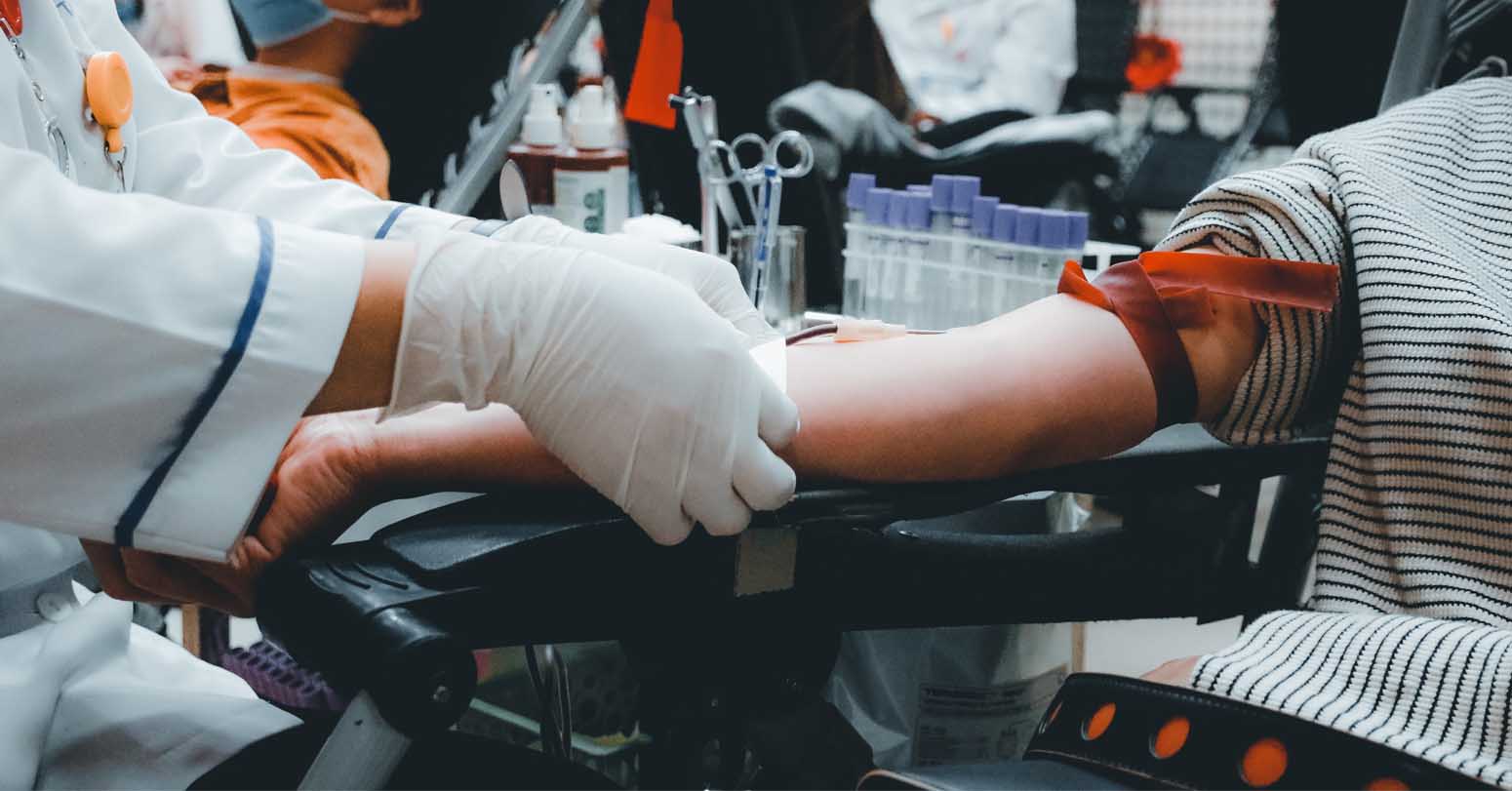
Like any mom, Željka wants her son, Fran, to be safe and healthy. But she also wants Fran to enjoy the independence other 13-year-olds do. That means allowing him to play on the water polo team and go on school overnights.
Because Fran has hemophilia, getting to that stage took more steps than it does for other families. It meant, among other things, learning how to self-infuse in response to a bleed, and to prevent bleeds.
Over 1 million people worldwide are living with hemophilia, a rare, lifelong condition in which blood cannot clot properly, which can lead to excessive and spontaneous bleeds, joint damage, chronic pain and potentially impacted quality of life.
“For me, a life-changing moment was when we started to infuse at home years ago. And now, another life-changing point for me is that he is learning to infuse himself,” Željka shared during a recent panel discussion on the wide-ranging impacts of hemophilia. “He is good at it, but there is some negative emotion for me because, as his caregiver, I’m scared. I think, ‘What if he forgets something? Did he do everything right?’ But we want him to infuse himself so that he can feel free.”
These feelings of anxiety are not uncommon in the hemophilia community, a new global survey has found.
With help from The Harris Poll, Sanofi undertook a first-of-its-kind global survey of 2,700 patients, caregivers and hematologists across four continents and 11 countries about their experiences, needs and goals through all stages of life.
One resounding finding stood out: The emotional impact of hemophilia is very real. Loneliness, depression and isolation are at levels of global public health concern. And people with this rare blood disorder have been found to be at risk for mental health struggles as well as additional chronic conditions, due to the physical and emotional strain of living with hemophilia.
One of the goals of the global survey was to bring those mental health challenges into the light, as a way to help lessen the stigma, improve care, and address unmet needs.
“It’s important to collect data about the everyday experiences and needs that people with hemophilia and their caregivers have because it can open up discussions that lead to improved care,” said Panos, a resident in hematology in Athens, Greece, who not only treats people with hemophilia, but has the condition himself.
The emotional toll of living with hemophilia
According to the survey, more than one in five people with hemophilia is diagnosed with depression, and close to one in four with anxiety. But that’s just the beginning. The survey dug beyond diagnoses to everyday self-reported worries, finding that of people living with hemophilia:
61% lack self-confidence because of their diagnosis
59% experience anxiety at least once a week
51% feel depressed because of their hemophilia at least once a week
These struggles may be exacerbated by the sense of isolation that comes with having a disorder that others know little about.
“Usually, people who struggle a lot tend to be very introverted, and they do not always want to speak about their problems,” Panos said.
In fact, 68% avoid telling friends about their hemophilia, and 51% report regularly trying to hide their symptoms. According to surveyed hematologists who work with pediatric patients, many children with hemophilia (39%) don’t share their diagnosis with friends, because they don’t want to be treated differently.
The toll for caregivers
The mental health challenges of hemophilia don’t stop with patients. In fact, according to the survey, the rate of depression diagnosis for caregivers is about the same as it is for people who have hemophilia — and the rate of anxiety diagnosis is even higher. Of the 93% of hemophilia patients who have caregivers, 80% of those caregivers report feeling both physically and mentally drained.
Although Željka, who grew up with a brother with hemophilia, continues to care for and empower her son, she still feels a range of hard emotions as she strives to protect her child while also fostering his growth.
“As a parent to a child with hemophilia, you are very scared,” Željka said. “Because of that fear, you start to feel anxiety, helplessness, even anger. There is a mixture of many negative emotions, even if they are on treatment.”
Conversation is key
As is the case within any community, talking openly about mental health is the first step to removing the stigma and raising awareness about unmet needs. That’s why Sanofi started the conversation with the Hemophilia Life Stages and Changes Global Survey, hoping the findings ignite greater dialogue and action in hemophilia care — both physically and emotionally.
“We need to try to get more people with hemophilia to speak up and out so that we can better understand their experiences and needs,” said Panos.
Patients and their doctors may see immediate health benefits at an individual level by keeping conversation flowing. But although hematologists surveyed understand the emotional impact of living with hemophilia, eight in 10 wish it were easier to talk about the emotional impacts of hemophilia with patients.
Keeping dialogue open beyond the doctor’s office with community and friends is important, as well. Some of Željka’s most helpful support has come from other parents of kids with hemophilia.
“Their advice helps me a lot,” Željka said. And she is able to help other parents as well: “Now that I have an older child, when parents are scared with their baby, I want to say what was said to me: ‘Please don’t be so worried. You need to protect them, but don’t overprotect them. First, you need to help them learn how to be safe, and then you need to teach them how to be independent.’”

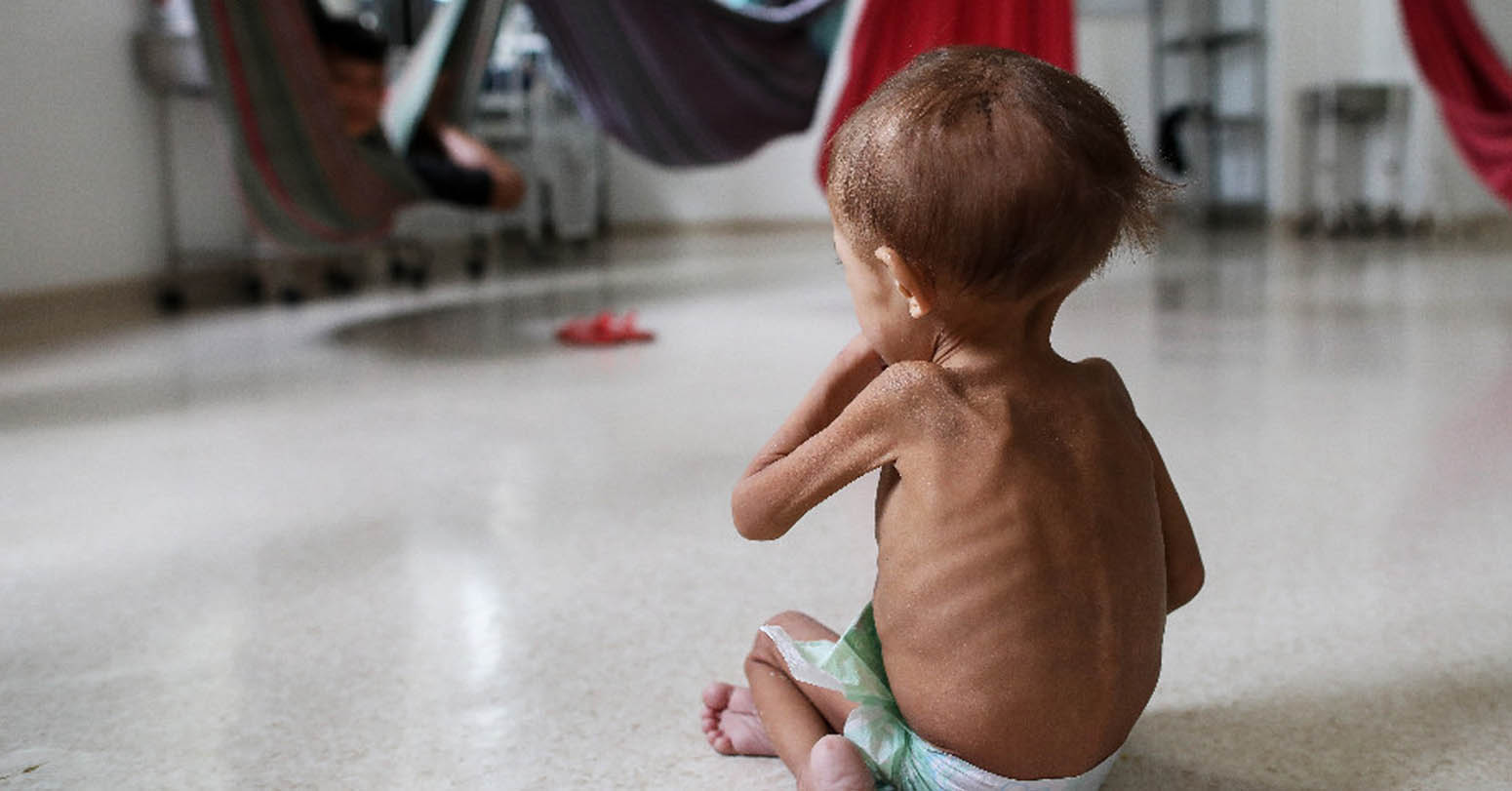

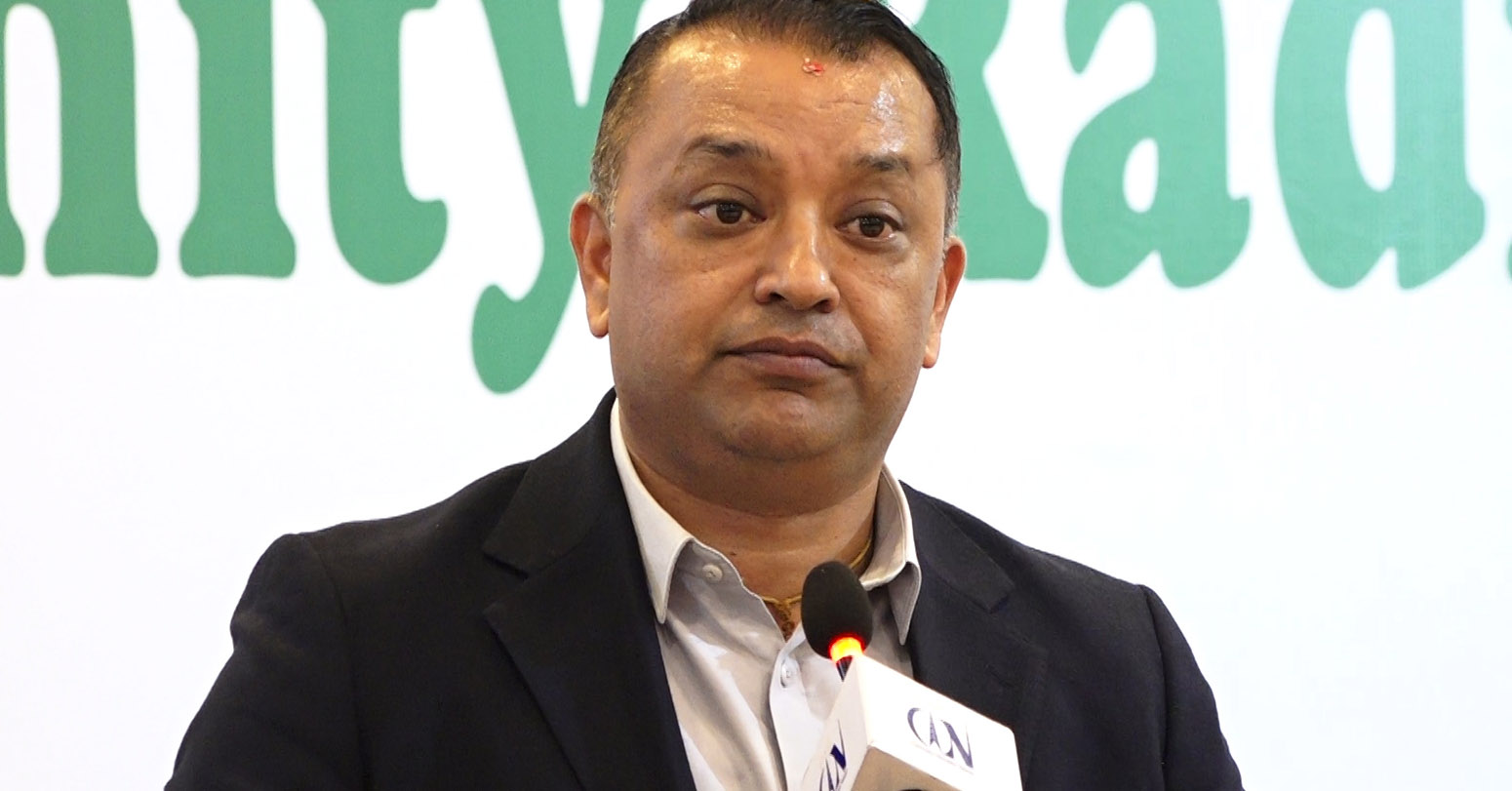
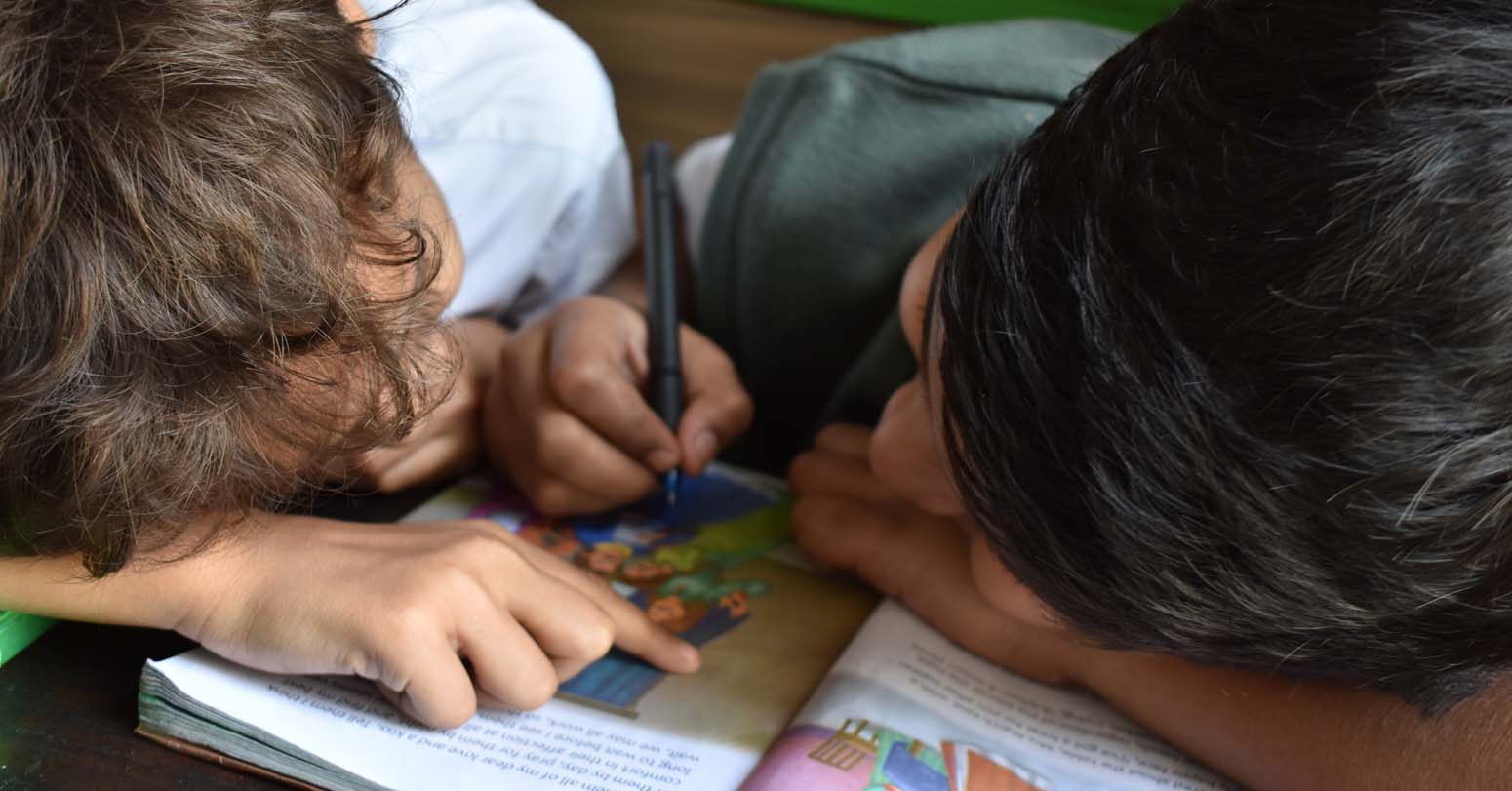
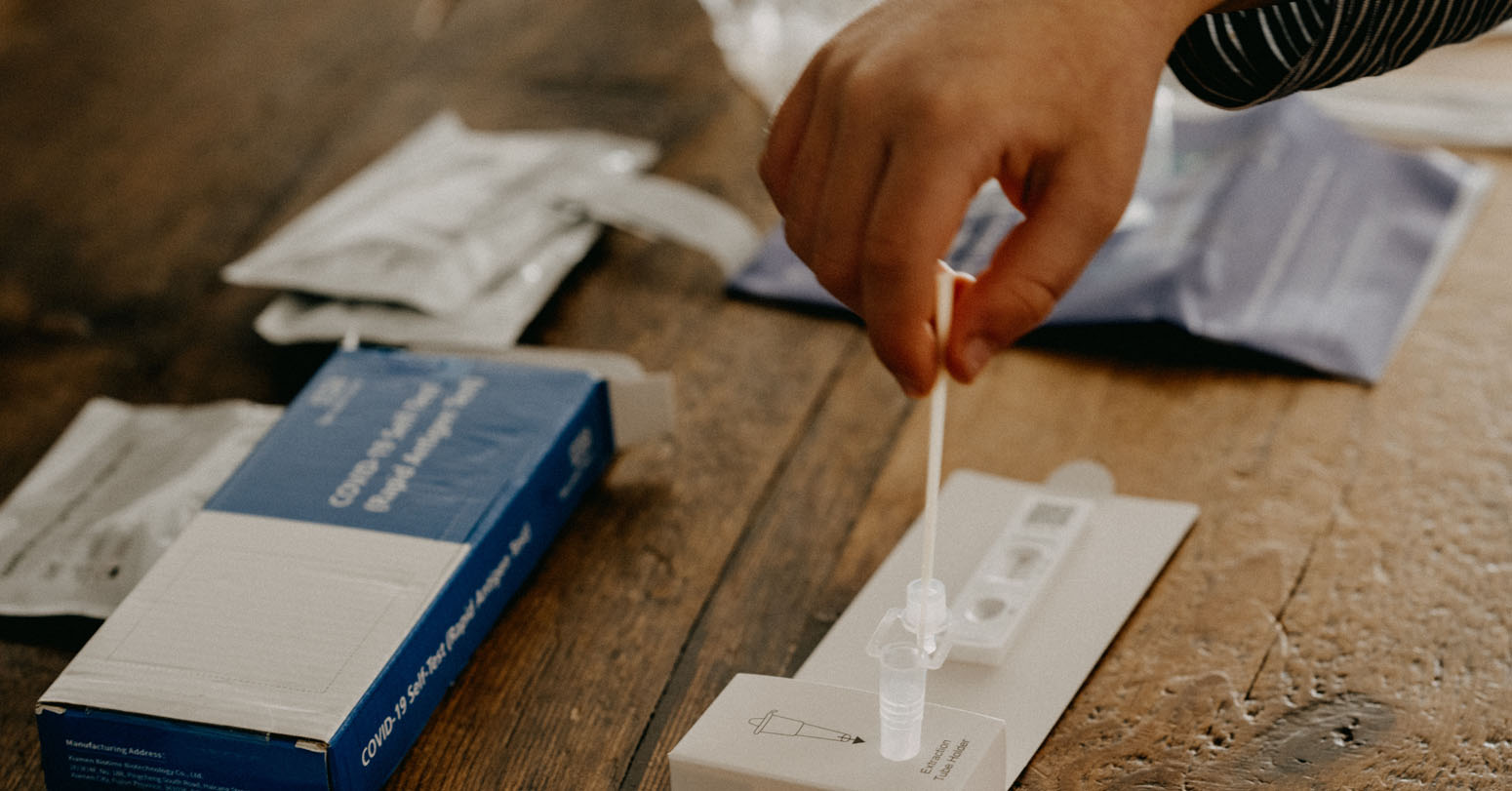

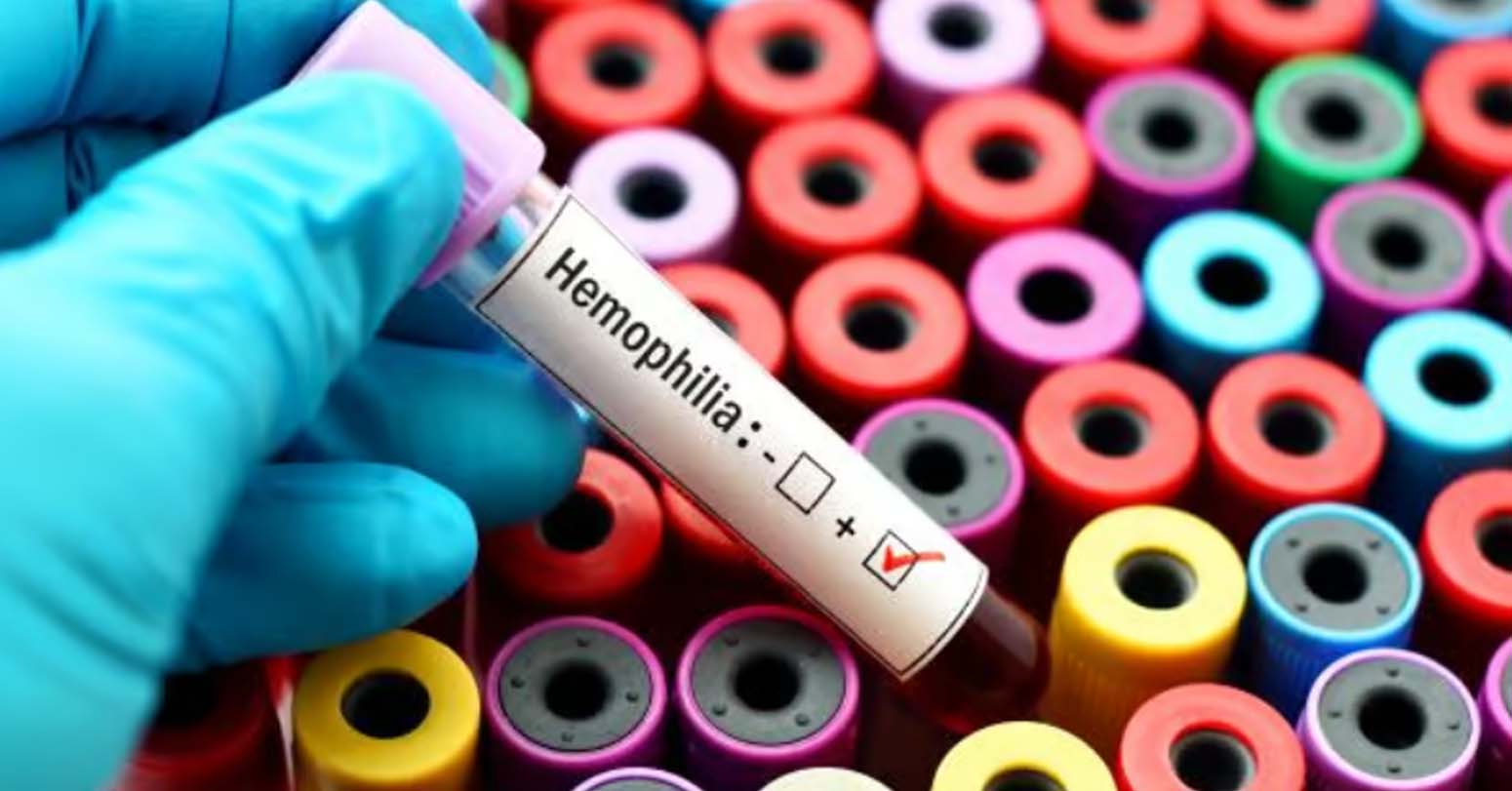

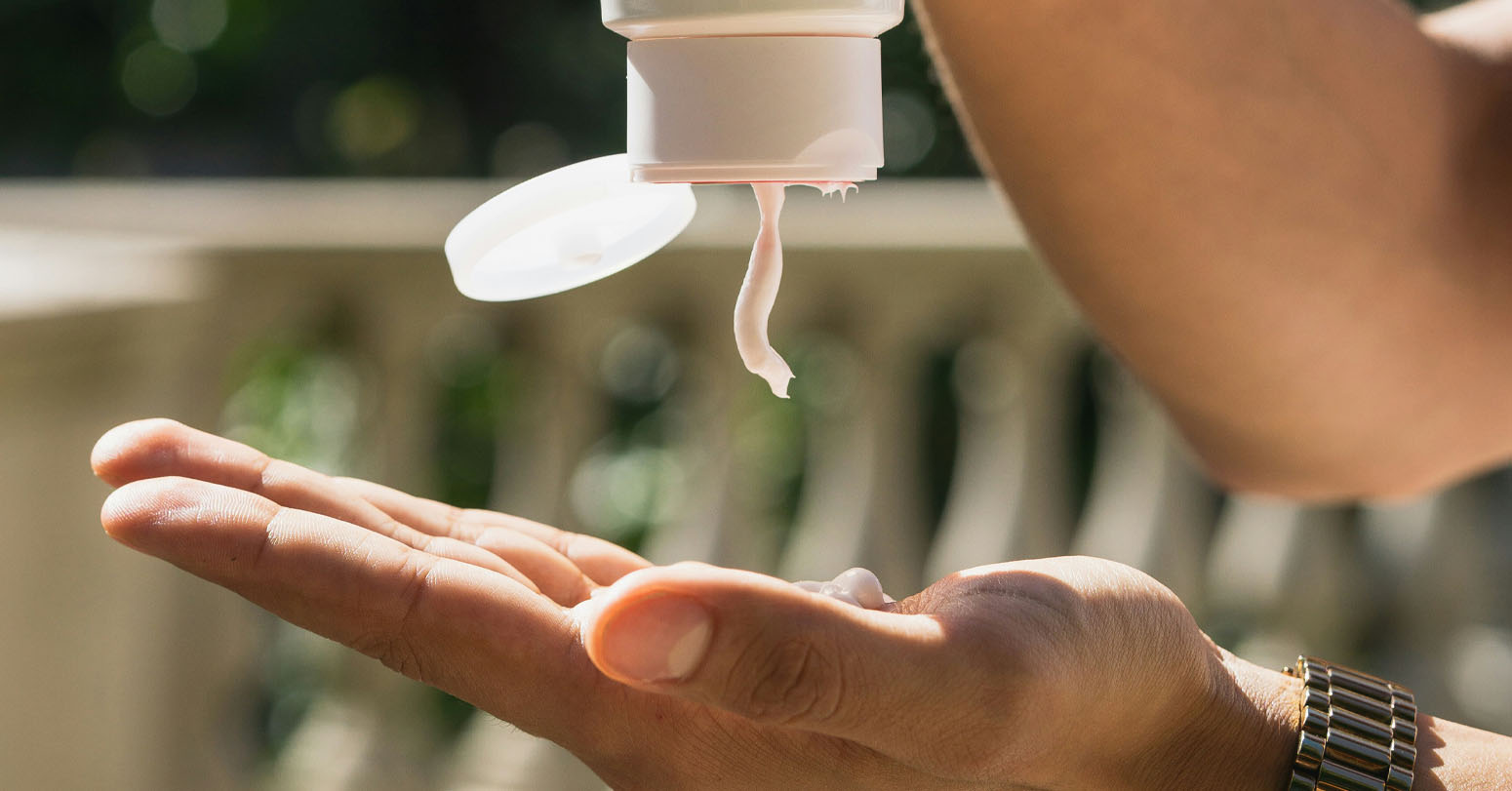









Middle-aged man spends millions to
Dr. Dharam Raj Upadhyay: Man
Breathing The Unbreathable Air
Comprehensive Data Protection Law Critically
Gender Differences In Mental Healthcare
Erosion of Democracy